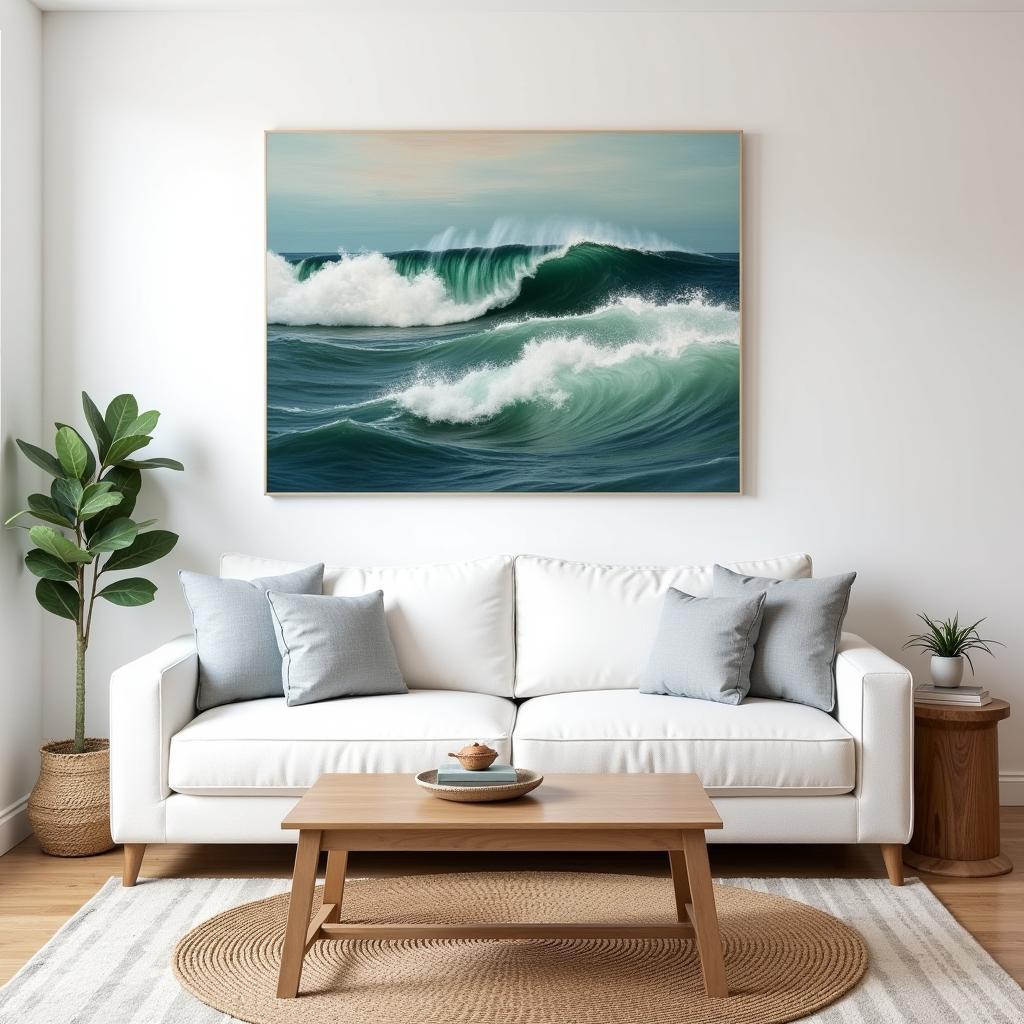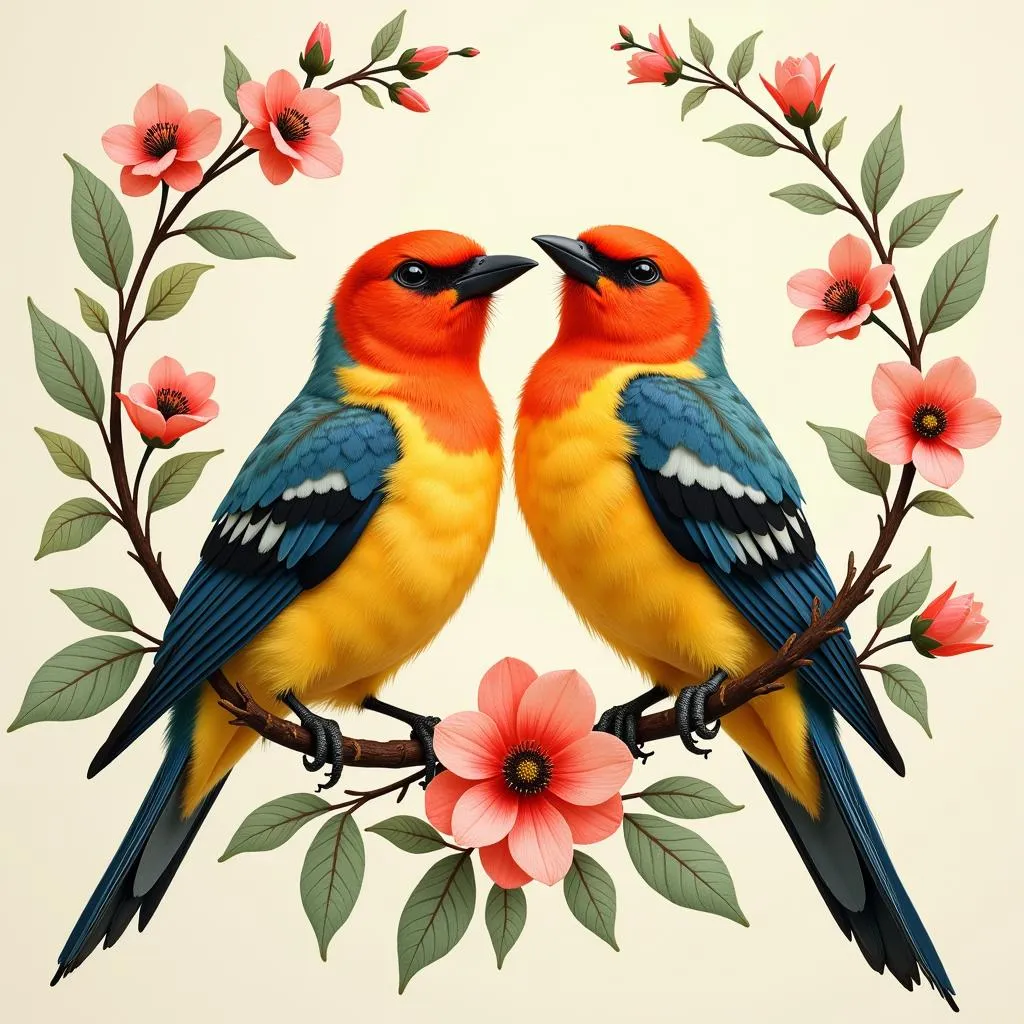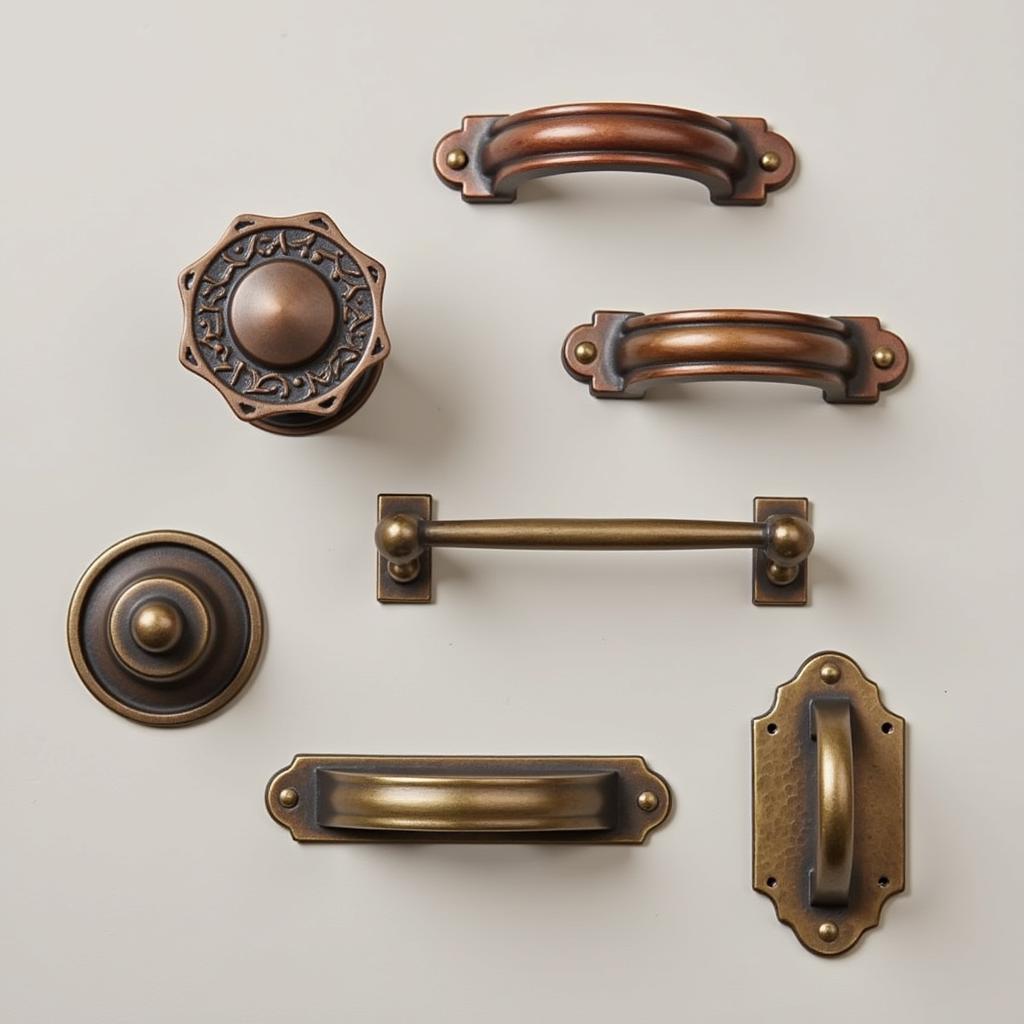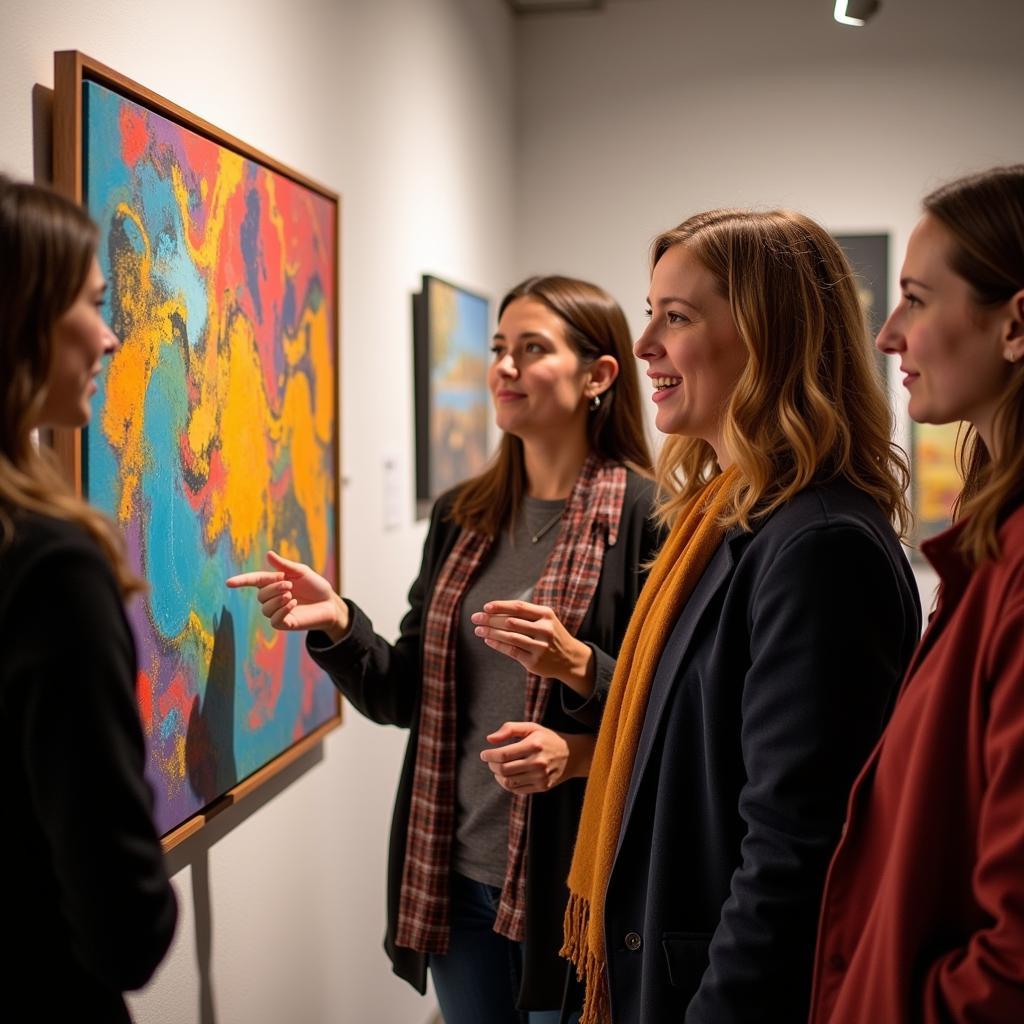Exploring the Creative World of Out of Proportion Art
Out Of Proportion Art, a captivating and sometimes unsettling style, distorts reality by playing with the size and scale of objects or figures. It challenges our perceptions and invites us to see the world through a new lens. From ancient sculptures to modern digital masterpieces, disproportion has been a powerful tool for artists to convey emotions, narratives, and social commentary. Let’s dive into the fascinating world of exaggerated proportions and discover how this unique artistic approach can ignite our imaginations.
What is Out of Proportion Art?
Out of Proportion art deviates from realistic proportions, intentionally exaggerating or minimizing certain elements to create a desired effect. This technique can be applied to any subject matter, from portraits and still lifes to landscapes and abstract compositions. The disproportion can be subtle or extreme, depending on the artist’s intention. It’s a way to highlight specific features, evoke emotions, or tell a story in a visually striking manner. For instance, an artist might enlarge the hands of a worker to emphasize their labor, or shrink a person in a vast landscape to convey a sense of insignificance. Imagine a painting where a single art deco drawer pull is larger than a house – this unexpected scale shift can be both intriguing and thought-provoking.
What makes out of proportion art so compelling is its ability to disrupt our expectations. We’re accustomed to seeing the world in a certain way, and when those proportions are skewed, it forces us to reconsider our assumptions and engage with the artwork on a deeper level.
 Out of Proportion Portrait Example
Out of Proportion Portrait Example
The History and Evolution of Out of Proportion Art
The use of disproportion in art has a rich history, spanning various cultures and time periods. Ancient Egyptian art often depicted pharaohs with enlarged figures to symbolize their power and divinity. Similarly, medieval European art frequently used hierarchical scale, where the size of figures corresponded to their social importance. Think of those grand religious paintings where saints tower over ordinary mortals. This practice emphasized the spiritual hierarchy and reinforced the authority of religious figures. Moving into the Renaissance, artists began exploring more naturalistic proportions, but disproportion continued to be used for expressive purposes, particularly in Mannerist art, which often featured elongated figures and distorted perspectives.
Different Ways to Utilize Disproportion in Your Art
Out of proportion art isn’t limited to just enlarging or shrinking elements. It can also involve altering the relationship between different parts of a composition, creating a sense of imbalance or asymmetry. This can be achieved through various techniques, such as:
- Exaggeration: Emphasizing certain features by making them disproportionately large, such as oversized hands or eyes.
- Minimization: Making elements smaller than they would appear in reality, like shrinking a figure in a vast landscape.
- Distortion: Altering the shape or form of objects, creating a warped or surreal effect.
- Playing with Perspective: Manipulating the vanishing point and lines of perspective to create an unusual sense of depth and space.
Imagine crafting accent arts with distorted proportions, where a vase is impossibly tall and slender, or a bowl has a dramatically wide rim.
How Out of Proportion Art Can Enhance Emotional Impact
One of the most powerful aspects of out of proportion art is its ability to evoke strong emotions in the viewer. By distorting reality, artists can amplify feelings of joy, sorrow, fear, or wonder. For example, a portrait with exaggeratedly large eyes can convey a sense of vulnerability or innocence, while a figure with a disproportionately small head might appear comical or absurd.
Think of a tree ring art print where the rings are enormously thick, symbolizing the passage of time and the weight of history. This exaggeration can create a powerful emotional connection with the viewer.
Out of Proportion Art in the Digital Age
With the advent of digital art tools, artists now have unprecedented control over proportions and scale. Software like Photoshop and Illustrator allows for precise manipulation of images, opening up endless possibilities for creative experimentation. Digital artists can easily distort, resize, and reshape elements, creating surreal and fantastical worlds limited only by their imagination. Imagine using art supplies anime to create characters with exaggerated features, further amplifying the emotional impact of their work.
 Digital Distortion in Landscape Art
Digital Distortion in Landscape Art
Conclusion
Out of proportion art, from its ancient roots to its digital renaissance, continues to challenge our perceptions and expand the boundaries of artistic expression. By playing with scale and proportion, artists can create visually stunning works that evoke powerful emotions, tell compelling stories, and offer unique perspectives on the world around us. Embracing the unexpected and exploring the power of disproportion can unlock a world of creative possibilities, transforming the ordinary into the extraordinary. So, grab your digital tools, explore your creativity, and see what wonders you can create in the world of out of proportion art!
FAQ
- What are some common examples of out of proportion art? Caricatures, surrealist paintings, and certain styles of animation often utilize disproportion.
- How can I start experimenting with disproportion in my own art? Try exaggerating or minimizing a single feature in a drawing or painting.
- What are the benefits of using disproportion in art? It can enhance emotional impact, create visual interest, and convey symbolic meaning.
- Are there any downsides to using disproportion? Overuse can sometimes appear amateurish or distracting.
- What are some famous artists known for using disproportion? Pablo Picasso, Salvador Dali, and Alberto Giacometti are a few examples.
- Can disproportion be used in photography? Yes, through techniques like forced perspective or digital manipulation.
- Where can I find more resources on out of proportion art? Art history books, online tutorials, and museum websites are great places to start.
Need help with finding the perfect art bookcase to display your out of proportion art books? Contact us! Phone: 02462573573, Email: [email protected]. Visit us: Savico Megamall, 7-9 Đ. Nguyễn Văn Linh, Gia Thụy, Long Biên, Hà Nội 10000, Việt Nam. Our customer service team is available 24/7.




